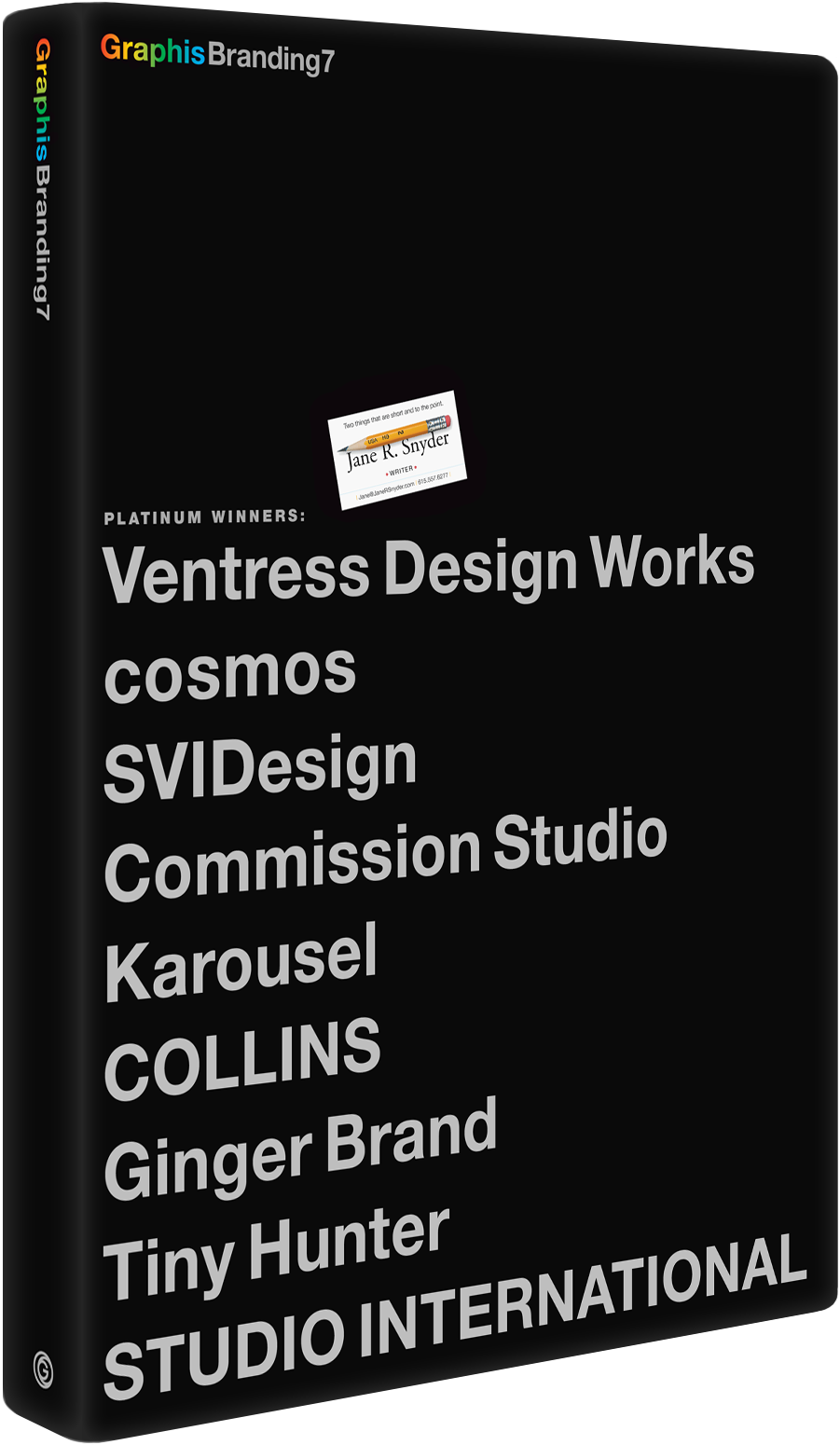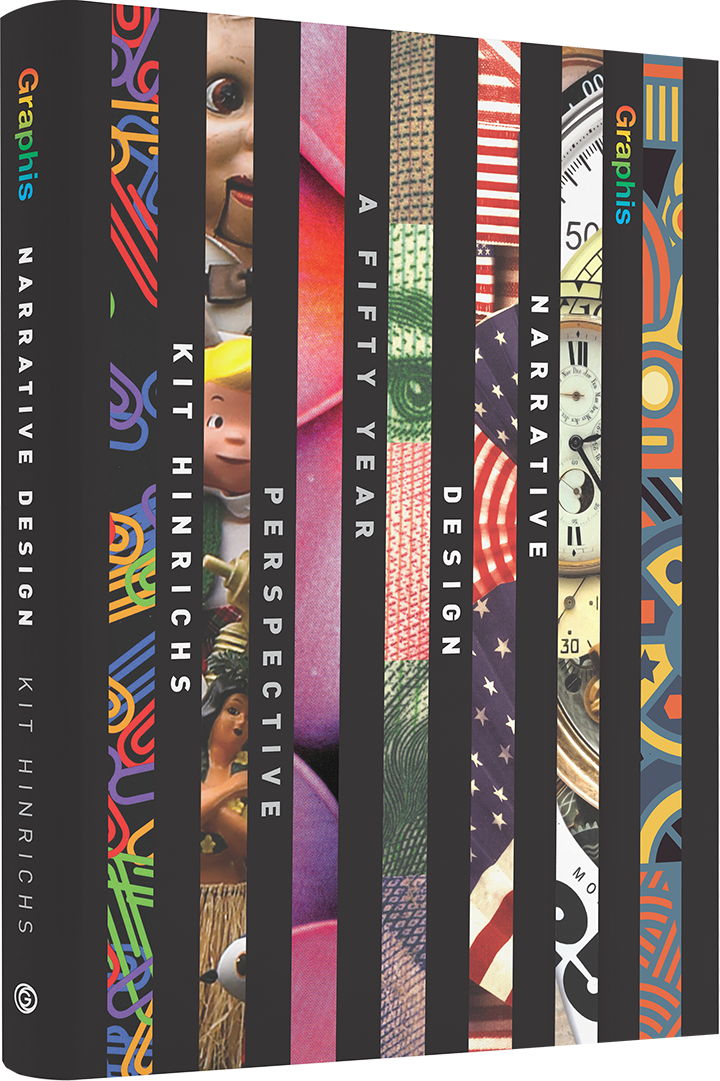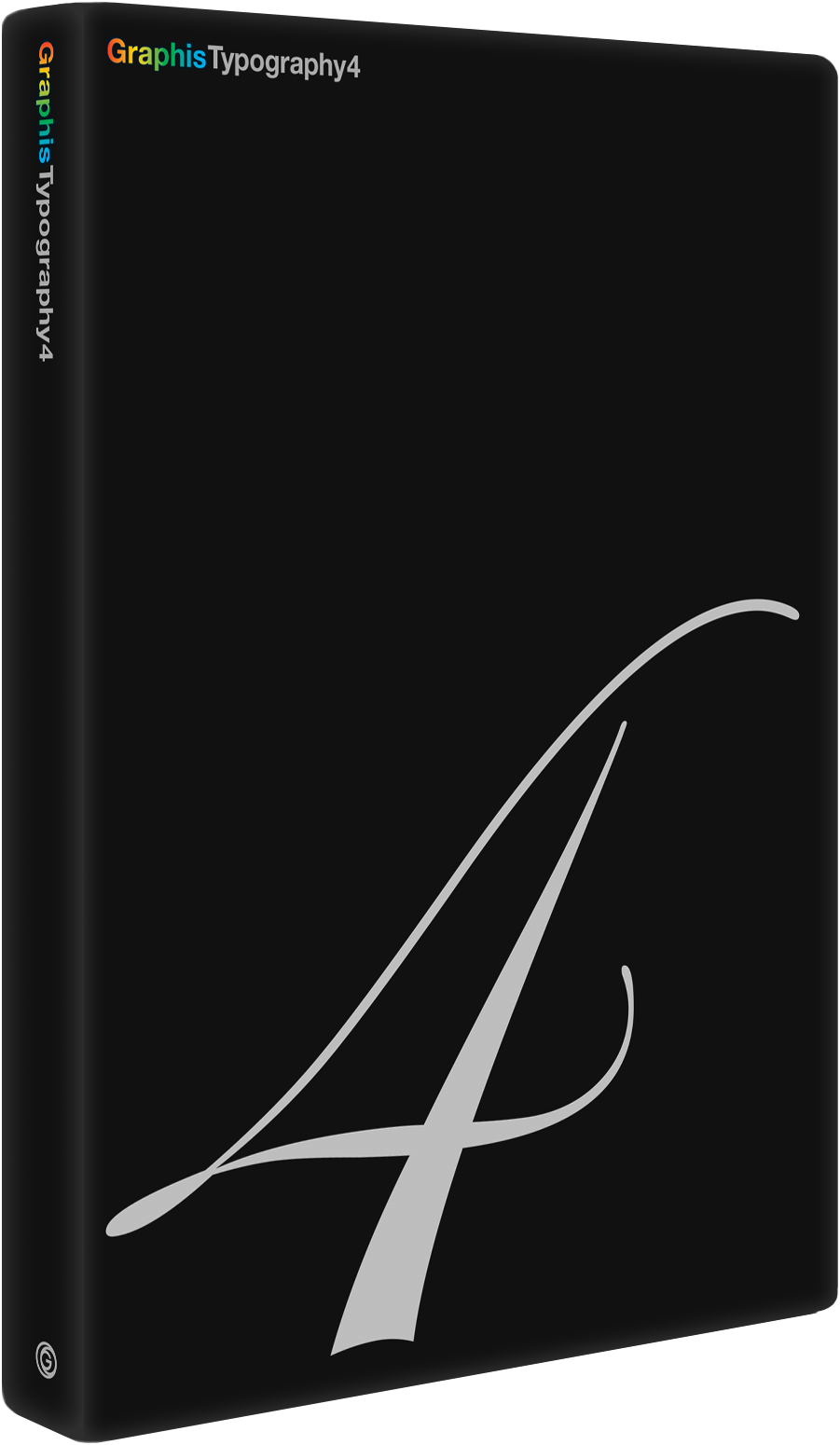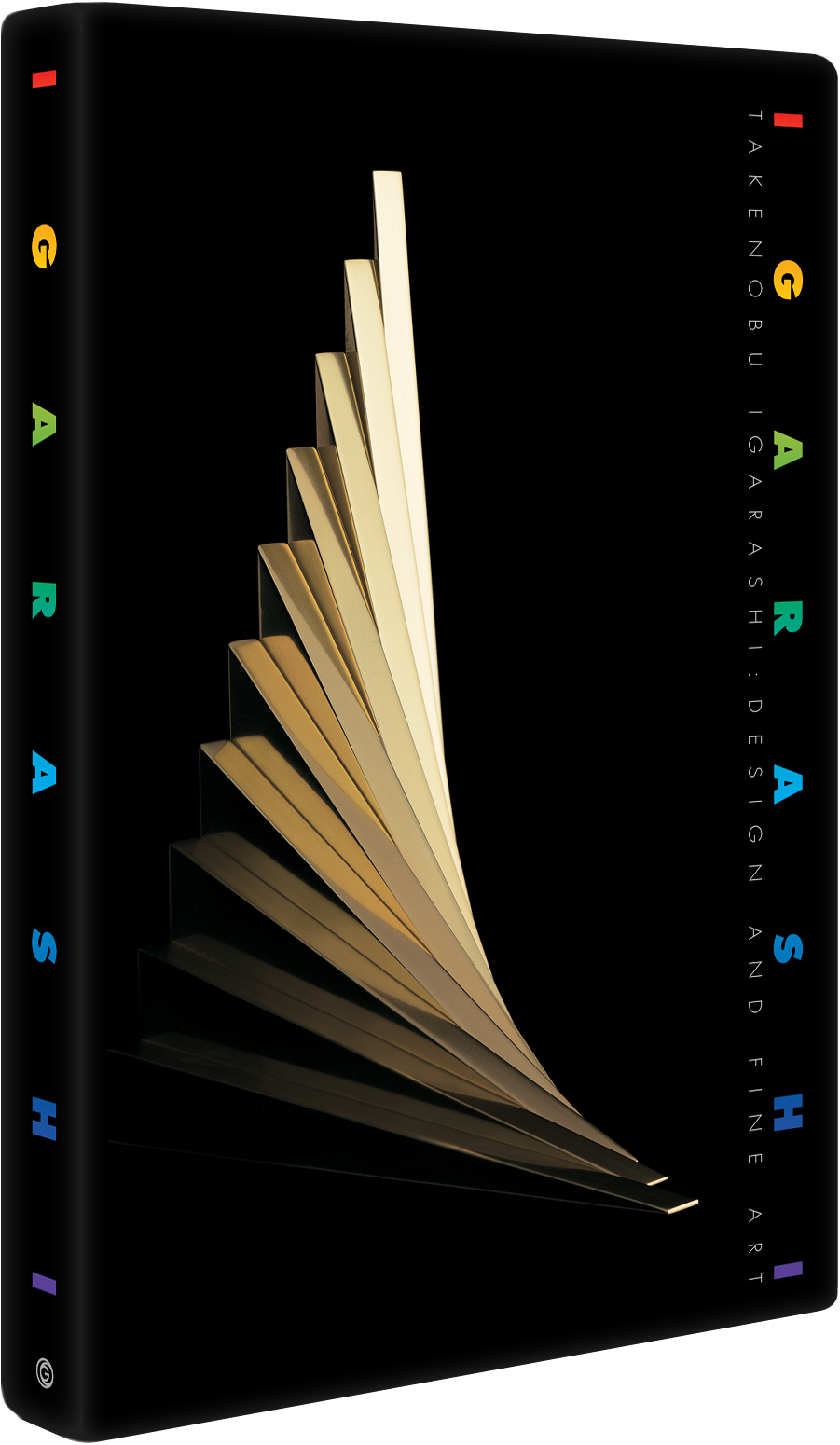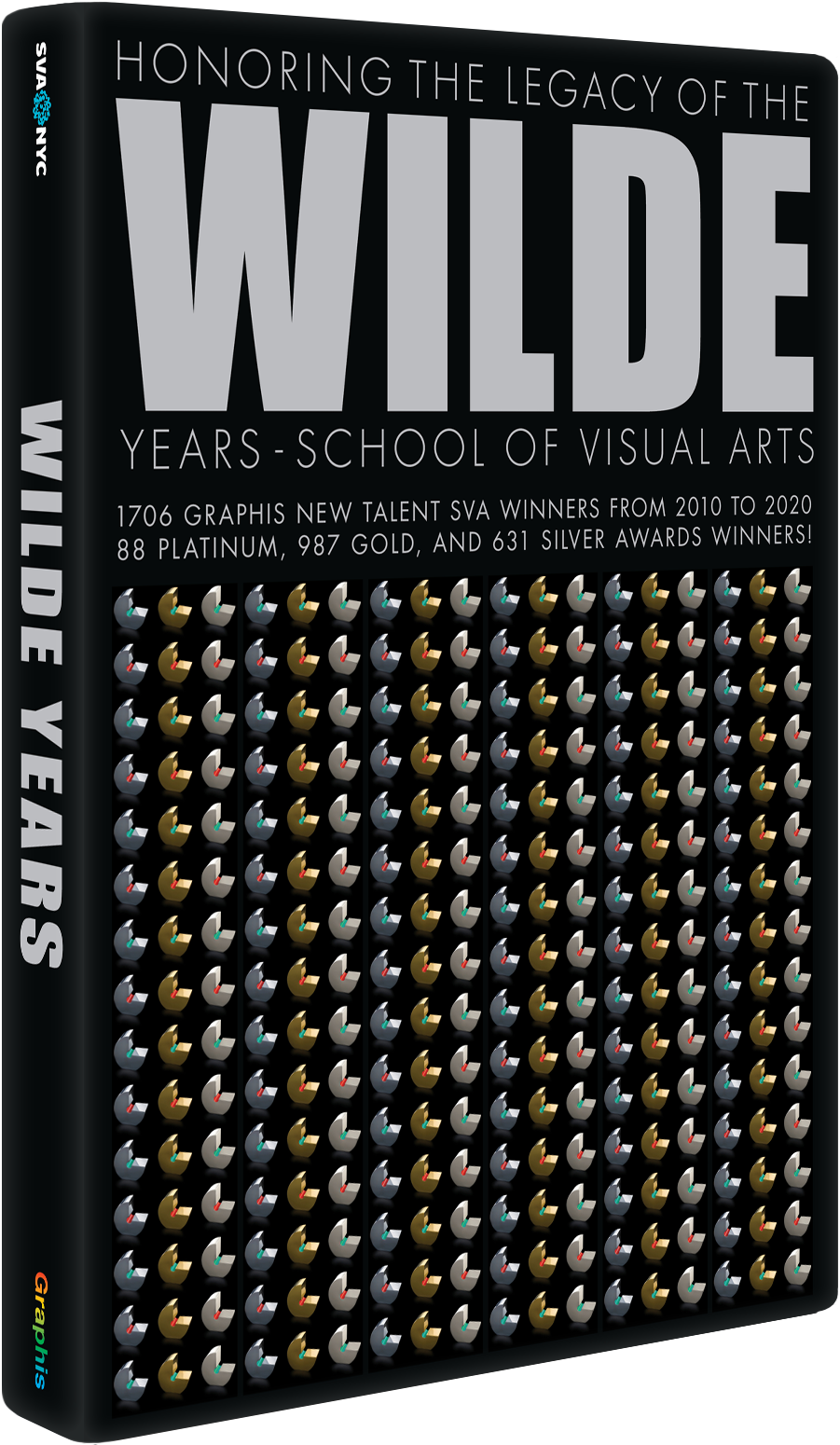Montanos' 60% Dark Packaging
Competition:Packaging 10
Award:Silver
Design Firm:Praktis Design
Client:Montanos' Chocolate Co Ltd
DesignerBlayne Clark/ Marlon Darbeau
Account ManagementKristy-Ann Hudson
CopywriterElizabeth Montano/ Gillian Goddard
Product PhotographerCody Petts
Print ProducerStudio On Fire
IllustratorAyodhya Ouditt
PhotographerIkenna Douglas
Country:Trinidad & Tobago






